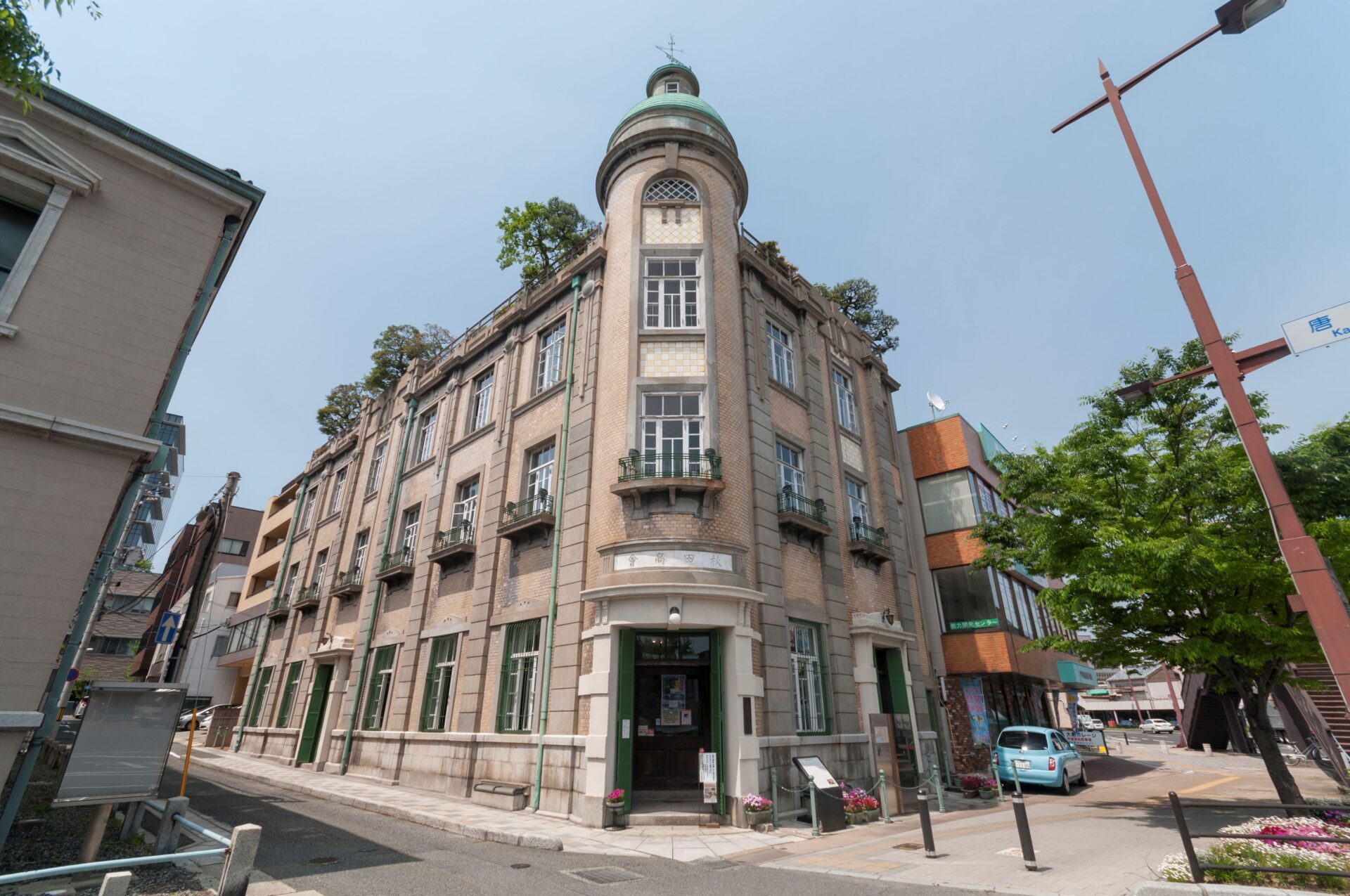
Taishō Architecture (1912–1926)
Architects of the Taishō era had some familiarity with Western design styles, and the architecture from this period often blends traditional and foreign elements. One example is the 1915 Akita Shōkai Building, which incorporates Western-style offices on the first floor and traditional Japanese carpentry on the upper residential floors. Beginning in the first decades of the 1900s, all-brick designs were gradually replaced by steel framing and reinforced concrete. This transition was hastened by the Great Kantō Earthquake of 1923, which tragically demonstrated that brick buildings were vulnerable to earthquakes.
At the same time, Taishō architects began to experiment more with artistic expression. The first modern Japanese architectural movement, the Bunriha (Secessionist) Movement, began in 1920. It was inspired by German expressionism and the Vienna Secession (formed in 1897). The movement’s guiding principle was progression away from traditionalism and into more original, free-form designs. Although the movement died out in 1928, its members went on to influence architecture in Japan through the mid-twentieth century.
